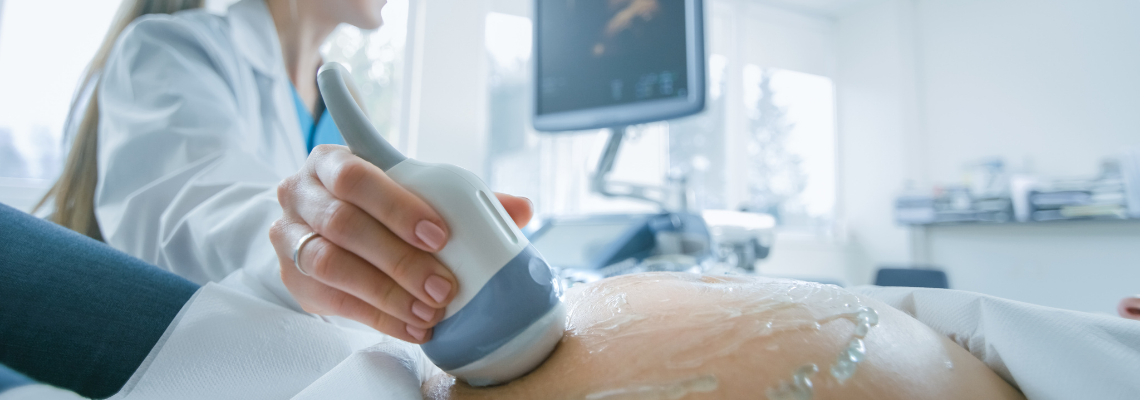
Predicting fetal weight can help determine whether an unborn baby has any potential complications or abnormalities. This can be done using 3D technology.
Accurately predicting the weight of a fetus throughout various stages of development can also ensure the mother’s safety. Studies were performed using a combination of three-dimensional limb ultrasound and fetal abdominal circumference.
Why Is the Fetus’ Weight So Important?
Fetal weight is an important aspect of ensuring that the fetus and the mother can stay safe as the pregnancy progresses. It can also keep the baby safer after birth. In general, when a baby weighs more than around nine pounds at birth, it can lead to myriad complications for both the child and the mother. Known as macrosomia, babies who weigh more than that have a higher risk of birth injuries. The mother has a higher risk of having to undergo a cesarean section, experiencing vaginal tearing and having postpartum bleeding.
How Is Fetal Weight Measured?
Over the years, various formulas have been used to determine fetal weight. Ultrasound methods have been used to measure abdominal circumference, biparietal diameter, femur length and head circumference. Each method uses two-dimensional technology.
Currently, the Hadlock formula is the most commonly used to determine the weight of the fetus. According to studies, the method is around 62 percent accurate compared to the older 2D options. It examines fractional limb volume of the fetus’s thigh, which includes bone density, total amount of fat content and muscle volume of the limb.
What Happened During the Study?
 The study to determine fetal weight measurement was conducted from January 2018 through July 2019 at Peking Union Medical College Hospital’s Department of Ultrasound in China. Participants were at the hospital for their usual prenatal appointments and were subsequently invited to participate in the study.
The study to determine fetal weight measurement was conducted from January 2018 through July 2019 at Peking Union Medical College Hospital’s Department of Ultrasound in China. Participants were at the hospital for their usual prenatal appointments and were subsequently invited to participate in the study.
Each woman who participated in the research study was carrying a single fetus. The gestational age of their fetuses was calculated through the last menstrual period method while pregnancies were confirmed with first-trimester ultrasounds.
Both 2D and 3D technology were used during the study. It looked at different ways to determine the weight of the fetuses. Ultimately, the 3D ultrasound measuring fractional limb volume was used. Scanning angles ranged from 65 to 80 degrees depending on the gestational age of each fetus. Larger fetuses were given a wider scan to capture the entirety of the bone volume of the limb.
The Hadlock formula using 2D technology was also done. Both methods calculated fetal weight and were compared with the weight of the babies after their births. The results showed that 2D models overestimate weight while 3D models underestimate it.
Findings From an Earlier Study
An earlier study was conducted from September 2017 through December 2018 to analyze ultrasound images of fetuses. For that study, the participants were 202 pregnant women in China between the women’s 28th and 42nd weeks of gestation. Ultrasounds were conducted at the Beijing Obstetrics and Gynecology Hospital. The women all gave birth within seven days of their scans being taken. The scans were examined by an experienced sonographer to determine limb volumes and abdominal circumferences. An algorithm was then created to predict the weight of the babies by comparing those details with the weight of babies that had already been born.
It was determined that the algorithm worked: The measurements of limb volume and abdominal circumference could accurately predict the weight of the fetuses. In particular, Professor Qing-Qing Wu from Capital Medical University stated that fetal limb volume is an important aspect for predicting fetal weight. He also said that the algorithm could be used to assess the growth of an unborn baby throughout all stages of development.
Fetal weight is important in the development of your growing baby. It can also ensure that you and your baby are not at risk for potential complications, so more accurate methods for assessing fetal weight can lead to improved prenatal care.


